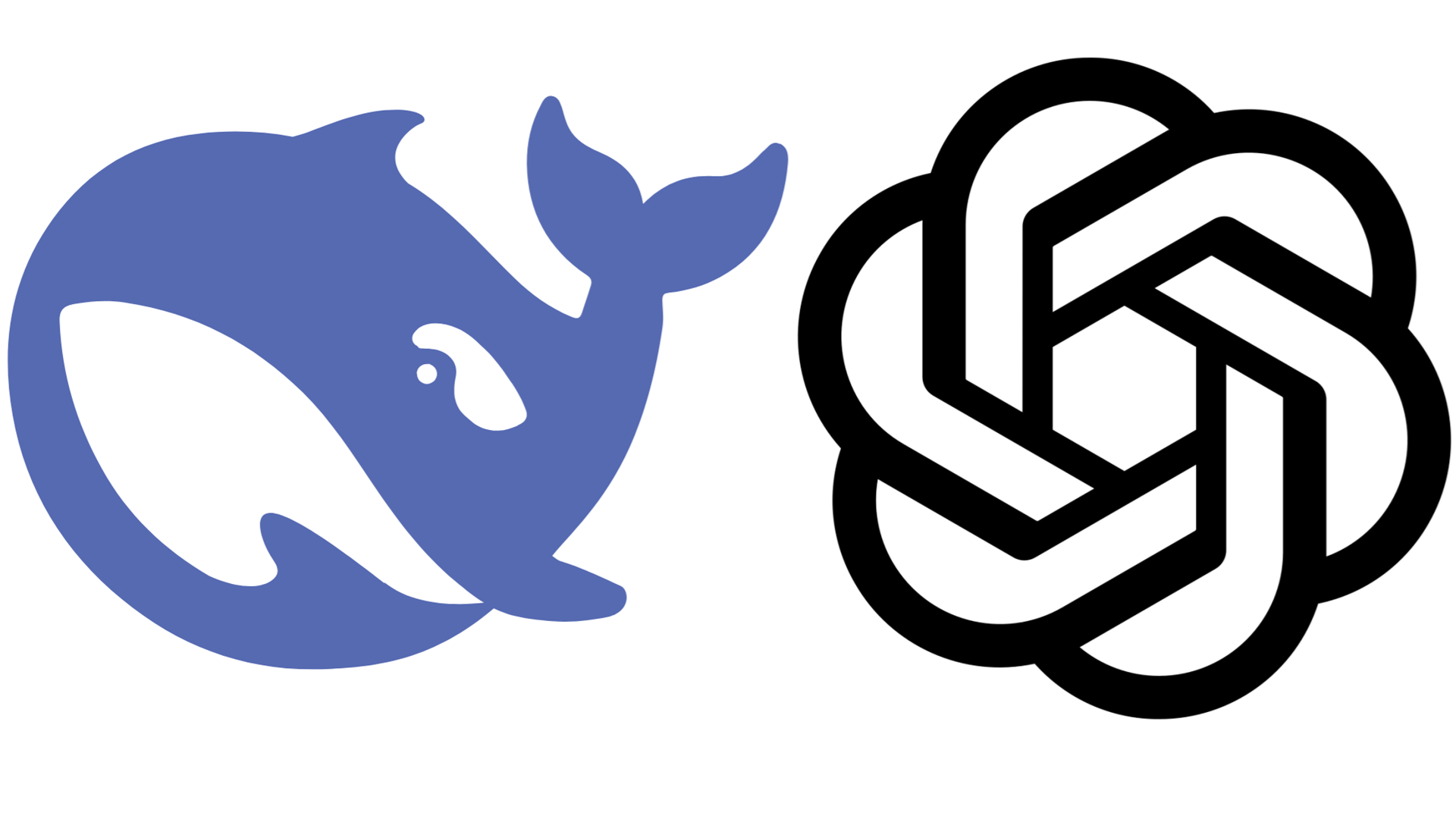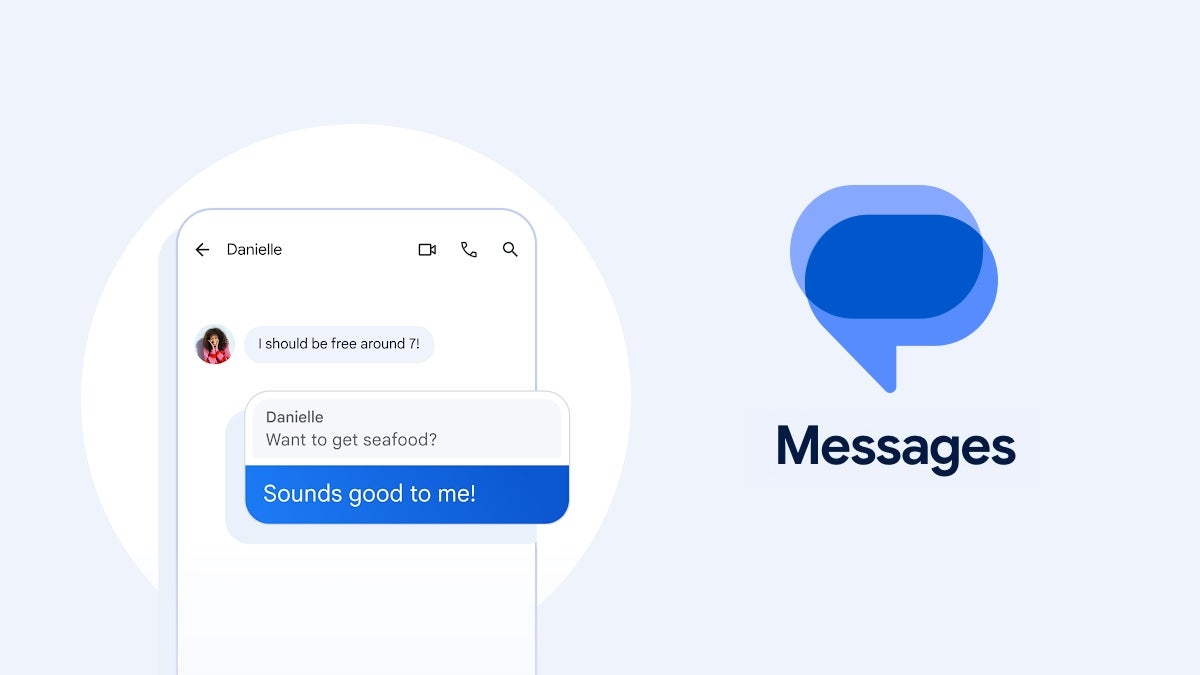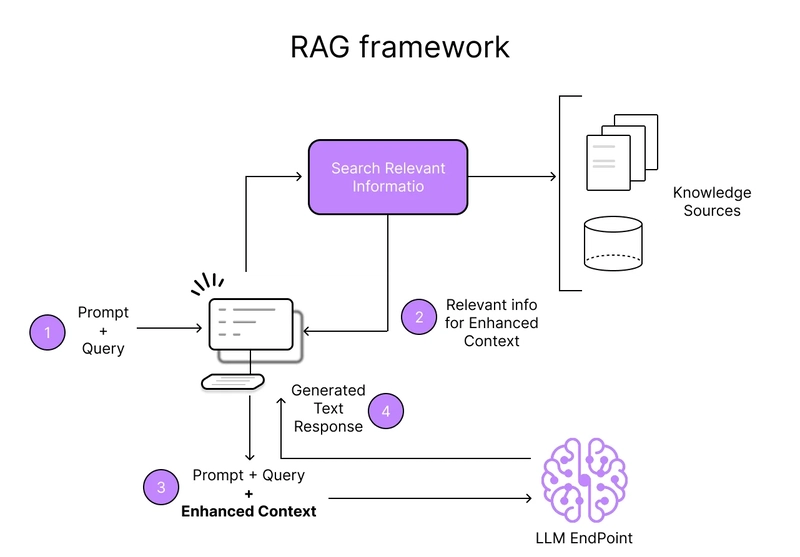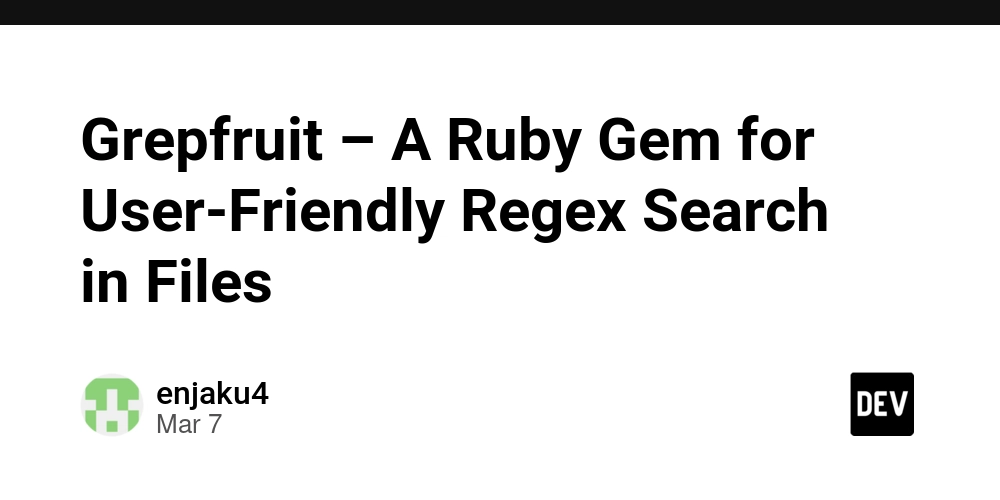How to Implement Debounced Search in React Without External Libraries
Creating a smooth, performant search experience in React requires avoiding excessive re-renders and API calls. Debouncing is a technique that delays function execution until a specified delay has passed. In this guide, you'll learn how to implement a fully debounced search bar using React’s built-in hooks—no external libraries required. 1. What Is Debouncing? Debouncing ensures that a function is called only after a specified time has passed since it was last invoked. This is especially useful when triggering a search API call during typing. 2. The Core Concept Here’s the key idea using useEffect and setTimeout: import React, { useState, useEffect } from 'react'; function DebouncedSearch() { const [query, setQuery] = useState(''); const [debouncedQuery, setDebouncedQuery] = useState(query); useEffect(() => { const handler = setTimeout(() => { setDebouncedQuery(query); }, 500); return () => { clearTimeout(handler); }; }, [query]); useEffect(() => { if (debouncedQuery) { fetchResults(debouncedQuery); } }, [debouncedQuery]); const fetchResults = async (searchTerm) => { console.log("Fetching results for:", searchTerm); // Simulate API call }; return ( setQuery(e.target.value)} className="border px-4 py-2 rounded" /> ); } export default DebouncedSearch; 3. Pros & Cons of Manual Debouncing ✅ Pros: No external dependencies Easy to understand and customize Fine-grained control over delay logic ⚠️ Cons: Repetitive code if used often Manual error handling and cancellation needed for API calls Alternatives lodash.debounce: A popular utility for standardized debouncing logic React Query: Handles caching, debouncing, and stale data intelligently Custom hooks: Extract the debouncing logic for reuse Conclusion Implementing a debounced search manually helps you gain deeper control over performance and behavior. As your app grows, you may extract this logic into a custom hook or adopt utility libraries to keep code DRY and maintainable. If this post helped you, consider supporting me: buymeacoffee.com/hexshift

Creating a smooth, performant search experience in React requires avoiding excessive re-renders and API calls. Debouncing is a technique that delays function execution until a specified delay has passed. In this guide, you'll learn how to implement a fully debounced search bar using React’s built-in hooks—no external libraries required.
1. What Is Debouncing?
Debouncing ensures that a function is called only after a specified time has passed since it was last invoked. This is especially useful when triggering a search API call during typing.
2. The Core Concept
Here’s the key idea using useEffect and setTimeout:
import React, { useState, useEffect } from 'react';
function DebouncedSearch() {
const [query, setQuery] = useState('');
const [debouncedQuery, setDebouncedQuery] = useState(query);
useEffect(() => {
const handler = setTimeout(() => {
setDebouncedQuery(query);
}, 500);
return () => {
clearTimeout(handler);
};
}, [query]);
useEffect(() => {
if (debouncedQuery) {
fetchResults(debouncedQuery);
}
}, [debouncedQuery]);
const fetchResults = async (searchTerm) => {
console.log("Fetching results for:", searchTerm);
// Simulate API call
};
return (
setQuery(e.target.value)}
className="border px-4 py-2 rounded"
/>
);
}
export default DebouncedSearch;
3. Pros & Cons of Manual Debouncing
-
✅ Pros:
- No external dependencies
- Easy to understand and customize
- Fine-grained control over delay logic
-
⚠️ Cons:
- Repetitive code if used often
- Manual error handling and cancellation needed for API calls
Alternatives
- lodash.debounce: A popular utility for standardized debouncing logic
- React Query: Handles caching, debouncing, and stale data intelligently
- Custom hooks: Extract the debouncing logic for reuse
Conclusion
Implementing a debounced search manually helps you gain deeper control over performance and behavior. As your app grows, you may extract this logic into a custom hook or adopt utility libraries to keep code DRY and maintainable.
If this post helped you, consider supporting me: buymeacoffee.com/hexshift









































































































































































![[The AI Show Episode 144]: ChatGPT’s New Memory, Shopify CEO’s Leaked “AI First” Memo, Google Cloud Next Releases, o3 and o4-mini Coming Soon & Llama 4’s Rocky Launch](https://www.marketingaiinstitute.com/hubfs/ep%20144%20cover.png)

















































































































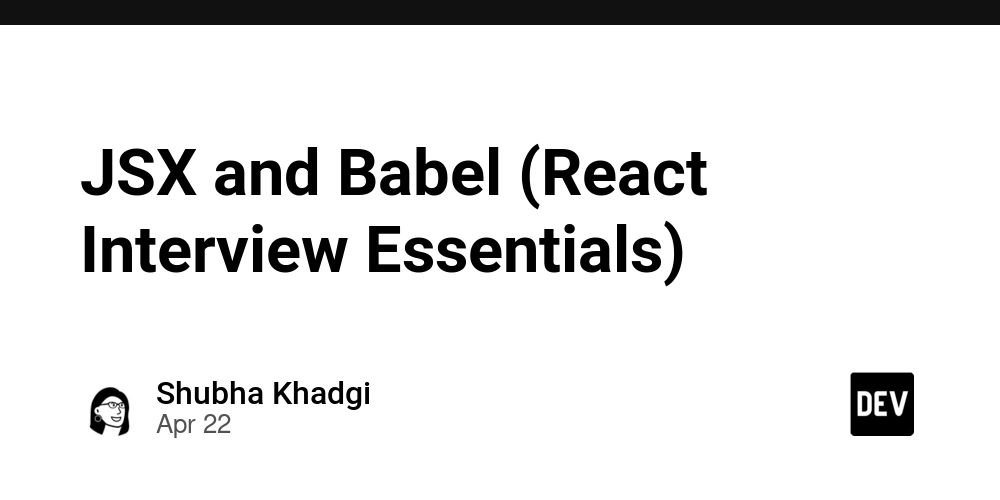
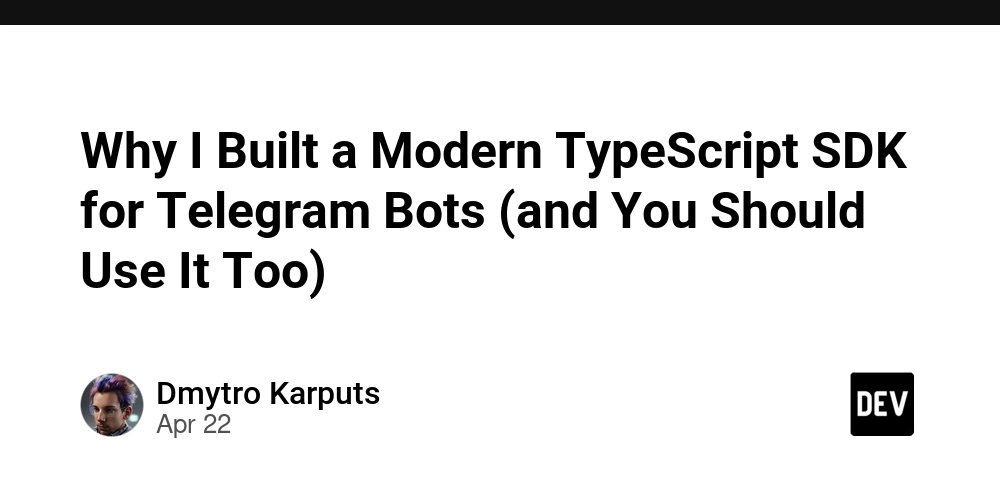
















![From fast food worker to cybersecurity engineer with Tae'lur Alexis [Podcast #169]](https://cdn.hashnode.com/res/hashnode/image/upload/v1745242807605/8a6cf71c-144f-4c91-9532-62d7c92c0f65.png?#)























![BPMN-procesmodellering [closed]](https://i.sstatic.net/l7l8q49F.png)



















































































.jpg?#)
.jpg?#)
.jpg?#)

































































































































![CarPlay app with web browser for streaming video hits App Store [U]](https://i0.wp.com/9to5mac.com/wp-content/uploads/sites/6/2024/11/carplay-apple.jpeg?resize=1200%2C628&quality=82&strip=all&ssl=1)
![What’s new in Android’s April 2025 Google System Updates [U: 4/21]](https://i0.wp.com/9to5google.com/wp-content/uploads/sites/4/2025/01/google-play-services-3.jpg?resize=1200%2C628&quality=82&strip=all&ssl=1)













![Apple Releases iOS 18.5 Beta 3 and iPadOS 18.5 Beta 3 [Download]](https://www.iclarified.com/images/news/97076/97076/97076-640.jpg)
![Apple Seeds visionOS 2.5 Beta 3 to Developers [Download]](https://www.iclarified.com/images/news/97077/97077/97077-640.jpg)
![Apple Seeds tvOS 18.5 Beta 3 to Developers [Download]](https://www.iclarified.com/images/news/97078/97078/97078-640.jpg)
![Apple Seeds watchOS 11.5 Beta 3 to Developers [Download]](https://www.iclarified.com/images/news/97079/97079/97079-640.jpg)



















